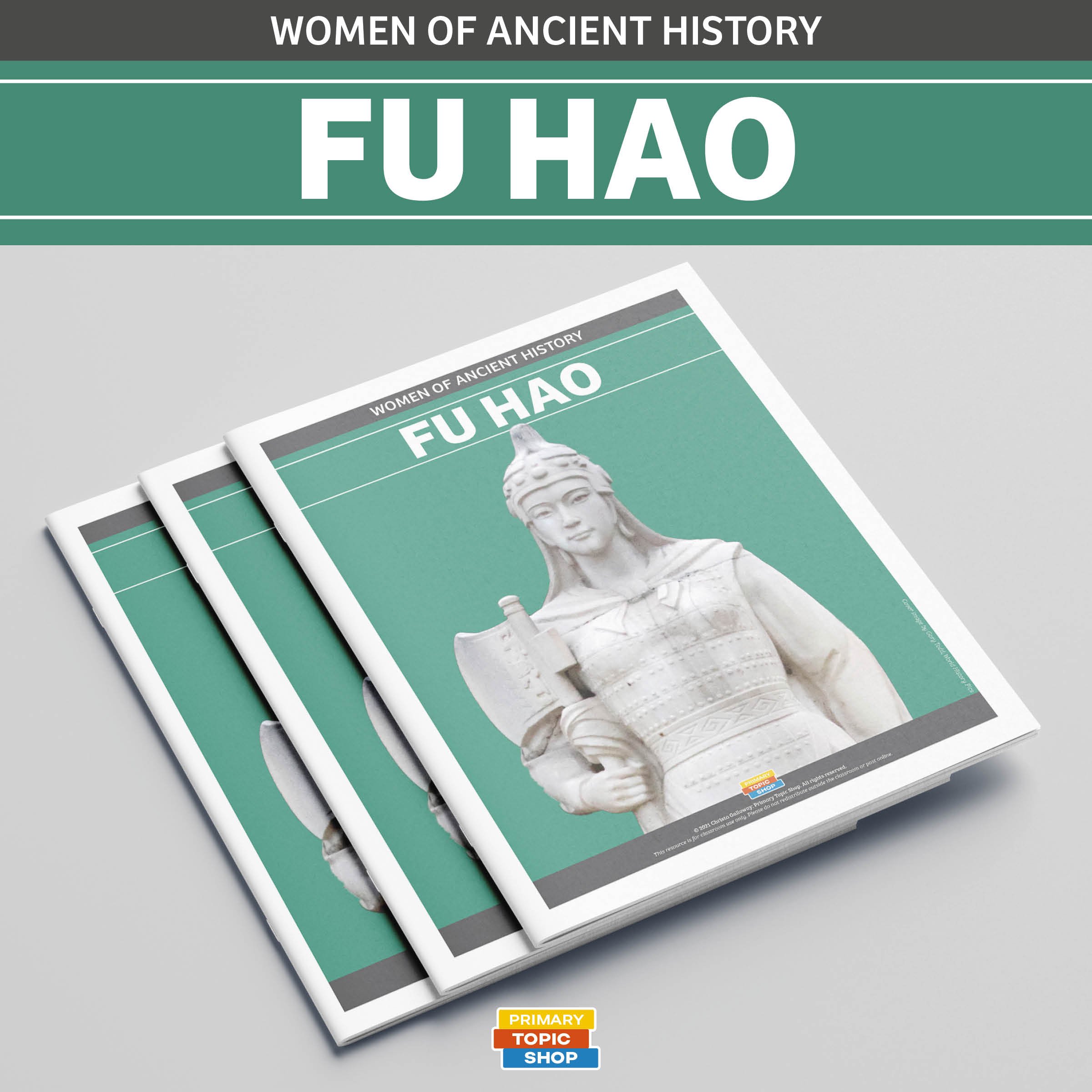The Wife Who Led an Army
Fu Hao was chosen to be a bride and ended up leading the largest recorded army in Shang history.
King Wu Ding had an unusual way of garnering support from his people.
He married them.
Not all of them, of course. That would be insane. He only married 62 women.
Fu Hao was one of these lucky ladies. King Wu Ding plucked her from a small village and plopped her in his palace in the capital city of Yin with all his other wives. Fu Hao earned the king’s favour, proving her skills as a formidable warrior in the Shang army and rising in the ranks of wives until she became the king’s second queen.
You might wonder why a king would put his wife in the army, but it was not unheard of. According to inscriptions found on oracle bones (pieces of inscribed bone or shell used by kings and priests to ask the spirits of their ancestors for their advice), there were probably hundreds of female soldiers in the Shang dynasty.
Fu Hao rose in the ranks again, this time in the military. She led the Shang army to a decisive victory against the Tu-Fang tribe, a long-time enemy of the Shang and she was promoted to second-in-command to the king. She once led an army of 13,000 soldiers, the largest recorded army in Shang history.
King Wu Ding heaped rewards on her, giving her positions and lands that were usually only bestowed upon men. Even after Fu Hao’s death at 33, Wu Ding constructed her tomb near the palace so he could still consult her and ask for her blessing in battle. He ceremonially married her to a deity three times, which, according to their traditions, made her into a goddess. The Shang people worshiped her, and human sacrifices were made in her honor.
We can thank King Wu Ding for much of the information we have about Fu Hao. The king cared deeply for his wife/top military general, regularly consulting the ancestors about her well-being by inscribing questions and messages on oracle bones that lasted long enough to be dug up by archaeologists almost three thousand years later.
This is fortunate because otherwise, we might not know anything about Fu Hao. The written Chinese histories of the second century about Wu Ding do not mention Fu Hao. Thus, her extraordinary achievements were forgotten until the 19th century when farmers working near the ruins of Yinxu came across thousands of strange bones inscribed with ancient glyphs. One cave held oracle bones from the reign of Wu Ding in which Fu Hao was mentioned more than 200 times.
The inscriptions led archaeologists to Fu Hao’s tomb, near the palace but away from the royal cemetery. Because of its location, it was the only Shang tomb found intact and unlooted. Treasures surrounded her lacquered wood coffin, more than 6,000 cowrie shells (ancient cash), the skeletons of human sacrifices and 130 bronze weapons, many inscribed with her name.
Fu Hao, the wife who had become a military general and a goddess, was reinstated in history as one of Ancient China’s most powerful women.
These thoughts are inspired by the research I did about Fu Hao and other powerful women when I created the Women of Ancient History teaching resources.



